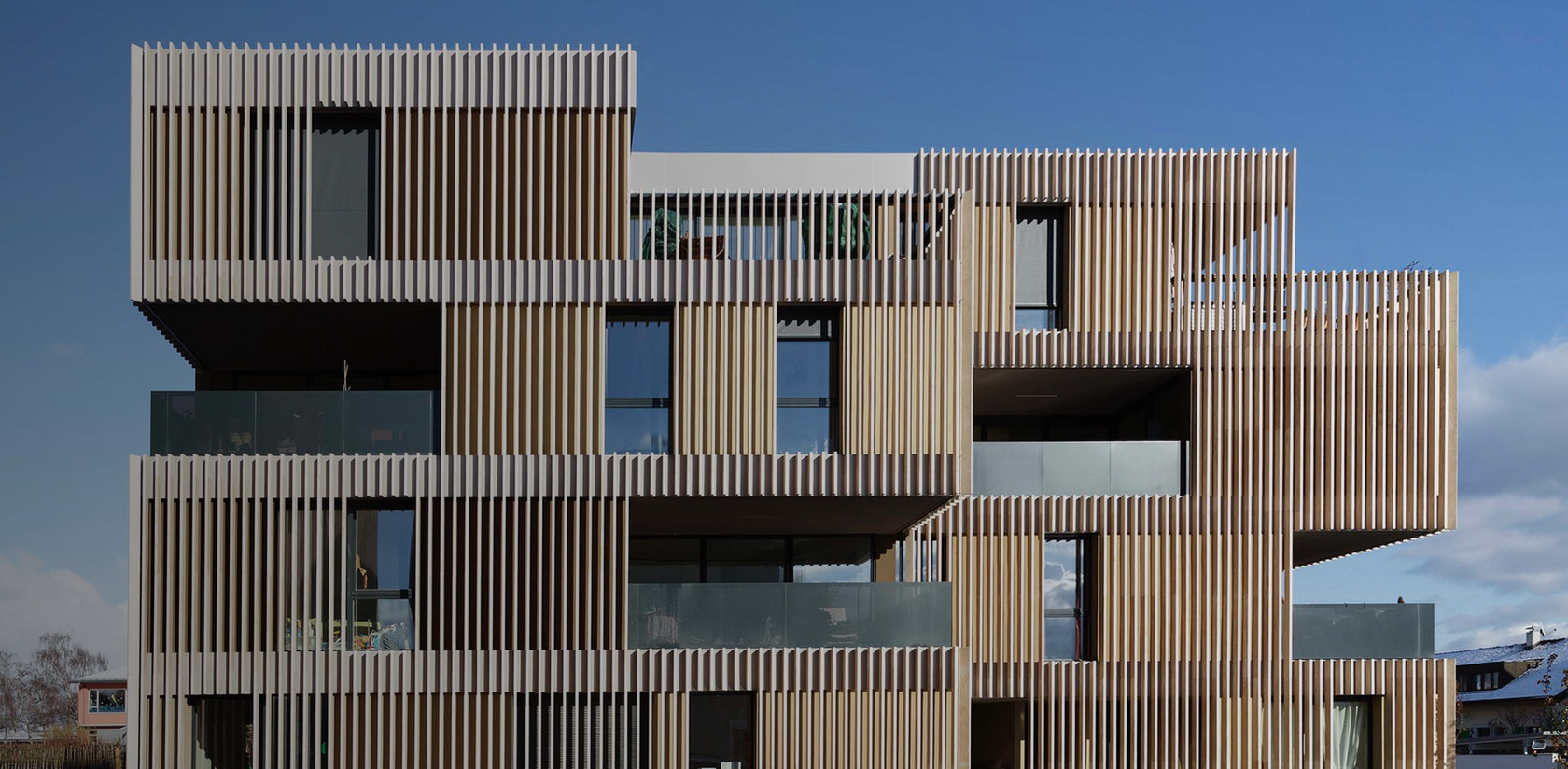Last chance: The 14th Architizer A+Awards celebrates architecture's new era of craft. Apply for publication online and in print by submitting your projects before the Final Entry Deadline on January 30th!
Suburbia has long been the target of design critics’ arguments against the negative effects of unregulated metropolitan dispersal. A reliance on personal modes of transportation such as the automobile and the resulting withdrawal from vibrant city centers have made the suburbs a poster child for unsustainable development — a cautionary tale for future planning. For those in need of evidence, just watch American author, social critic and public speaker James Kunstler’s brutal — and hilarious — take on “how bad architecture wrecked cities”:
Yet, as the urban metropolitan areas of the globe continue to expand outwards, the suburban enclaves that make up a city’s periphery remain a vital component of the spatial and economic makeup of these regions. The question is this: How can architects design for this inevitable suburban sprawl, while creating more sustainable and cohesive spaces for those that live within it?
Finding an answer to this question is more critical than ever, and the most innovative architecture firms working in this area will be recognized with a coveted 10th Annual A+Award in the Multi Unit Housing and Public Housing categories. The following collection of housing projects show some examples of “reformed” housing solutions for the suburbs that forgo the low-density individualized dwellings found in previous iterations. Instead, they opt for multi unit structures that increase density for outlying localities without destroying the existing character of the neighborhood context.
These projects demonstrate the potential of connecting communities on the edge of cities through innovative dwellings that maintain open space, but also encourage social interaction — a hallmark of urban living. As you consider which of your projects to submit for this year’s A+Awards, take inspiration from these inventive developments:

© Regis Golay

© Regis Golay
Striped Living by group8, Crans-pres-Céligny, Switzerland
Located in a suburban village between the cities of Geneva and Lausanne, this housing development was built to encourage urban density in the region and feature low-slung volumes with flat roofs. The interstitial floor slabs of the structures allow for individualized terraces that seem to be carved from the volume. The skin is composed of travertine slab marble fins that shield light and weather and evoke the region’s materiality.


Black & White Twins by Casanova + Hernandez architecten, Blaricum, Netherlands
Two differential formal concepts motivated the design of this affordable housing project, which features a black skin perforated by windows and balconies colored in white. The window treatments of varying size and placement refer back to traditional housing typologies, but their seemingly random placement emphasizes the unique organization of each dwelling, while also reducing the volume’s mass.


Square Court — Social housing units by Atelier du Pont, Bondy, France
This social housing project in a suburb of Paris took advantage of its tree-lined site by conserving a collective green courtyard and staggering its individual balconies to offer uninterrupted sight lines. The pitched roof with a flat top maintains the suburban character with added density.


240 studend dwelling by ecdm, Épinay-sur-Seine, France
Combining student housing, affordable residences, space for visiting professors and a battered women’s home, this project created four distinct but related buildings arranged north to south that are connected by a desire for social coeducation. The quilted metal façade and staggered windows shield living spaces and courtyards from surrounding noise.
SOCIAL HOUSING RESIDENCE by PETITDIDIERPRIOUX, Vaulx-en-Velin, France
This French social housing development is another project meant to link outlying areas to one another. A staggered grid formation with banded silver and gold rows breaks up the monotony inherent in the program, while the garden-facing side features generous open balconies overlooking a public courtyard.

© JDS ARCHITECTS

© JDS ARCHITECTS
The Mountain by JDS/JULIEN DE SMEDT ARCHITECTS and BIG, Copenhagen, Denmark
The Mountain is an idiosyncratic project that is one-third affordable housing and two-thirds parking units. The architect layered a cascade of terraced housing over the concrete “hillside” of the parking structure, with each apartment featuring its own private garden. The project combines urban density with suburban garden living with direct sunlit views and parking directly accessible to the apartments.

© Simpraxis Architects

© Simpraxis Architects
Block 0704 by Simpraxis Architects, Nicosia, Greece
Conceived as an urban interpretation of the suburban residence, this award-winning Grecian apartment block is set in an area with large homes and a few apartment structures. Foregrounding a flexible relationship between interior and exterior, the outdoor verandas usually found in slab-block housing are inserted into the main volume of the structure.


Romainville Housing by GAETAN LE PENHUEL ARCHITECTES, Romainville, France
Individual two-story homes are arranged diagonally along the sidewalk so that they do not perfectly align with the street, while a three-story apartment building punctuates the end of the street. Rear gardens and a courtyard were placed throughout.
Last chance: The 14th Architizer A+Awards celebrates architecture's new era of craft. Apply for publication online and in print by submitting your projects before the Final Entry Deadline on January 30th!

 240 studend dwelling
240 studend dwelling  Black & White Twins
Black & White Twins  Block 0704
Block 0704  Romainville
Romainville  Square Court - Social housing units
Square Court - Social housing units  Striped Living
Striped Living  The Mountain
The Mountain 


